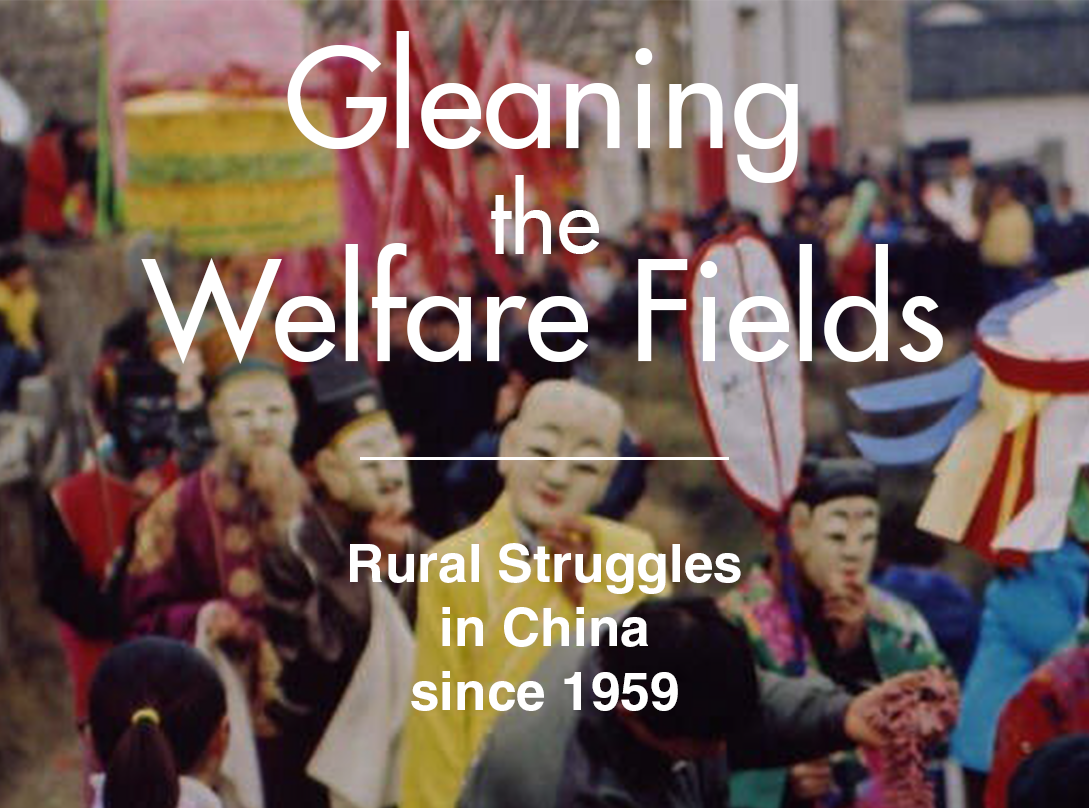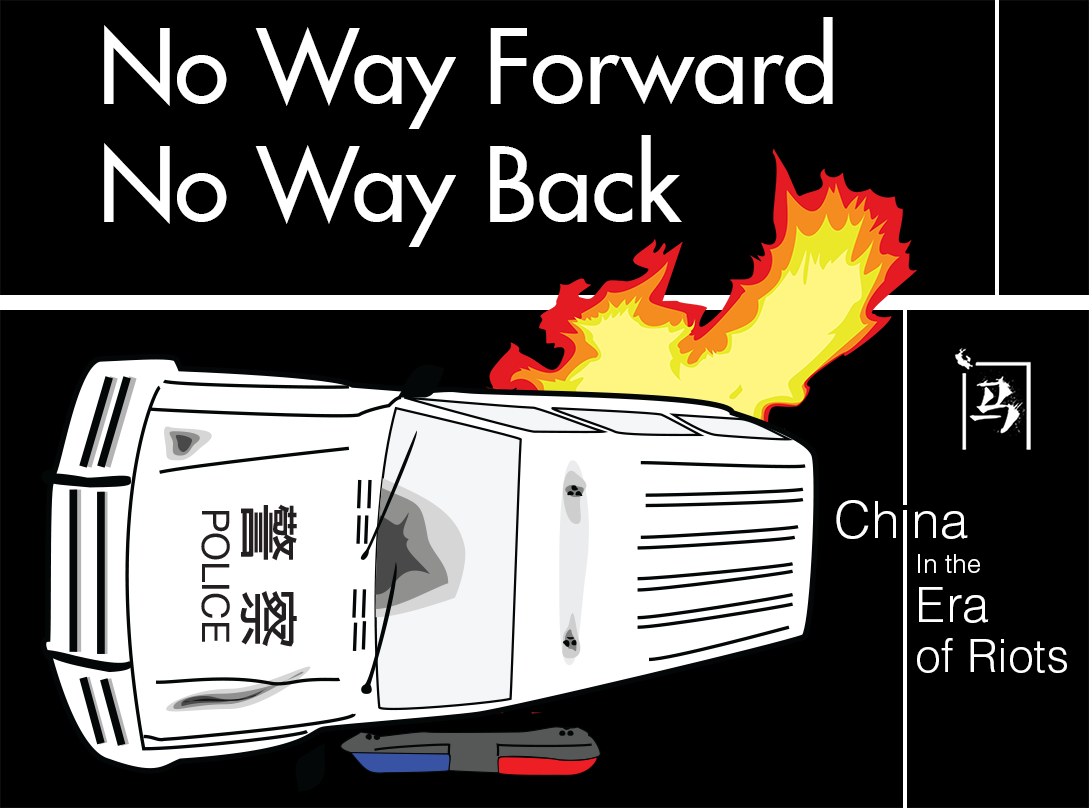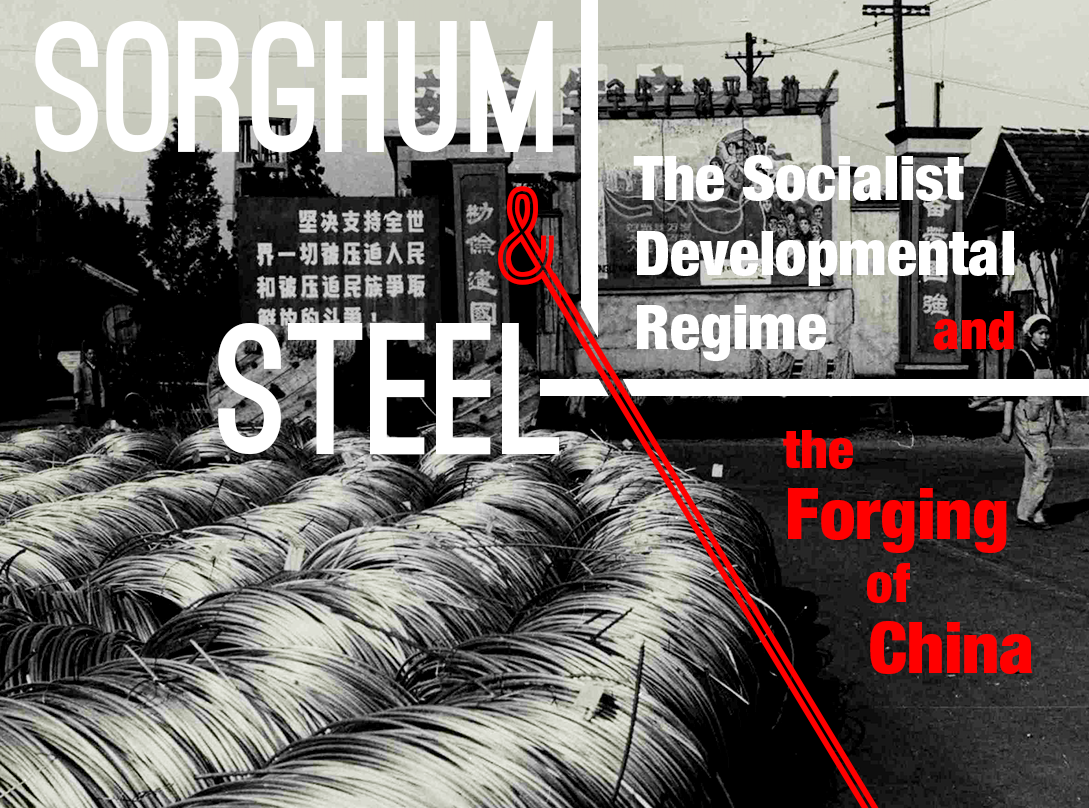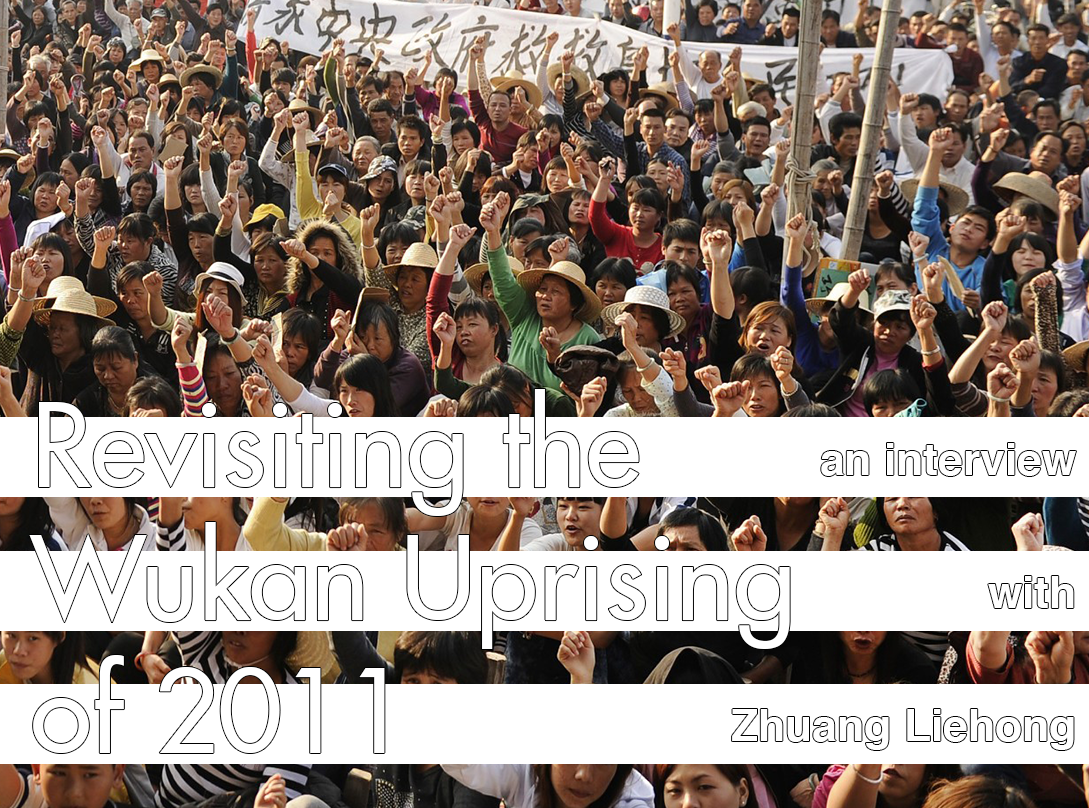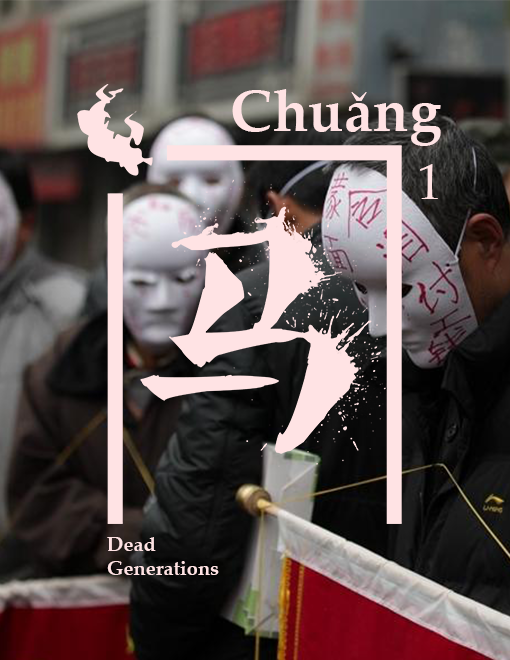
In this first issue we outline our basic conceptual framework and illustrate the current state of class conflict in China. We also include translated reports and interviews with the proletarians engaged in these struggles, pairing our theory with primary sources drawn from class dynamics that might otherwise remain abstract.
Though taking the futureless present as our starting point, our first issue is also in a way performing burial rites for the dead generations who have populated the collapse of the communist horizon in East Asia. This issue therefore begins with a long-form article on the socialist era, “Sorghum and Steel: The Socialist Developmental Regime and the Forging of China,” the first in a three-part series aiming to narrate a new economic history of China (the next two parts will be included in subsequent issues), before moving on to a pair of analytic articles on contemporary urban and rural struggles, as well as original translations and interviews with individuals engaged in them.
Print copies of issue 1 are available to order from AK-UK (best if ordering within Europe), Light Logistics (if ordering within Asia), and AK-US (if ordering within the Americas). They are also available for purchase at Gleebooks & Jura (Sydney); New International (Melbourne); HK Reader (Hong Kong); 56a Infoshop, Housmans, Hoxton & Freedom Press (London); News from Nowhere (Liverpool); and Bluestockings (New York).
Lower-resolution, printable PDFs of the interior and cover are also available for free download.

